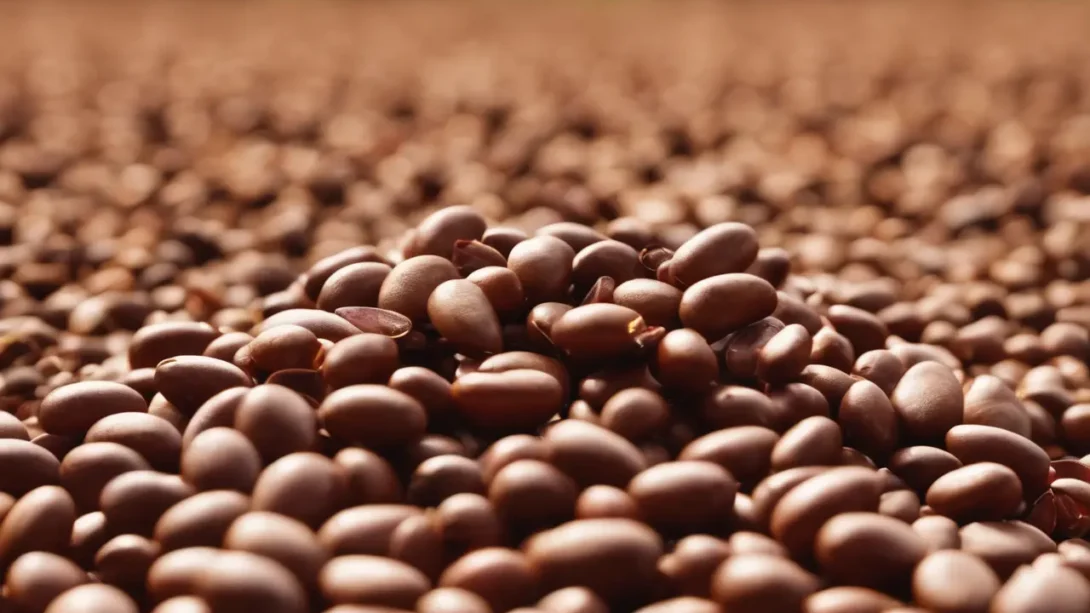Beans, a cornerstone of agricultural production and dietary consumption around the world, boast an array of varieties each with unique flavors, textures, and nutritional benefits. As versatile ingredients in numerous cuisines, beans are cherished for their ability to thrive in various climates and soil types, making them accessible to a wide range of cultures and farming practices. This article aims to explore the nuanced process of bean harvesting, shedding light on the methods that ensure this staple food reaches our tables.
Types of Beans and Their Growth Habits
Beans can broadly be classified into two main categories based on their growth patterns: bush beans and pole beans. Bush beans grow to a certain height and then stop, making them compact and suitable for small gardens or spaces where vertical growth is limited. They tend to produce their crop all at once, which can be advantageous for those looking to harvest at one time. In contrast, pole beans are climbers, requiring support structures like trellises or poles to thrive. They grow vertically and can produce a continuous yield throughout the growing season, offering a prolonged harvest period.
The distinction between bush and pole beans not only influences how they are grown but also dictates the approach to harvesting them. Understanding these differences is crucial for gardeners and farmers alike, as it impacts the timing, tools, and techniques used in the bean harvesting process.
Pre-Harvest Considerations
Before delving into the specifics of harvesting, it’s essential to discuss the growing conditions necessary for beans. Beans favor well-drained soil rich in organic matter and require a moderate amount of water and full sunlight exposure to flourish. The timing for planting beans is critical, with most varieties needing to be sown after the last frost of the season to avoid cold damage.
Recognizing when beans are ready to harvest is a key skill. Signs of readiness include pods that are firm, fully elongated, but not yet bulging from the seeds inside. The timing of harvest can significantly affect both the quantity and quality of the yield. For bush beans, this usually occurs within a few weeks after flowering, while pole beans may start producing a bit later but continue to yield over a longer period.
Harvesting Bush Beans
Harvesting bush beans is a straightforward process that requires careful timing to ensure peak freshness and flavor. The best time to harvest is in the morning after the dew has dried, as this minimizes the risk of spreading diseases between plants. When picking bush beans, use a gentle hand to avoid damaging the plant. Grasp the bean pod firmly and use a snapping motion to remove it from the plant, making sure not to tear the plant itself.
One of the advantages of bush beans is their tendency to produce a concentrated yield, which can be harvested all at once or over a short period. This characteristic makes them ideal for those looking to can, freeze, or dry beans for storage. However, regular picking is also necessary to encourage further production, as leaving mature pods on the plant can signal it to stop producing new pods.
Harvesting Pole Beans
The vining nature of pole beans requires a different approach to harvesting compared to their bush bean counterparts. Given their tendency to climb, pole beans are often grown on trellises, stakes, or other vertical supports, which facilitates air circulation and reduces disease incidence while also making the harvesting process more ergonomic.
Techniques for Efficient Harvesting
- Regular Inspection: Pole beans produce over an extended period, necessitating frequent checks—ideally every 2-3 days—to ensure beans are harvested at the optimal size and maturity.
- Proper Picking Method: When harvesting pole beans, it’s important to support the vine with one hand while gently plucking the bean with the other to avoid damaging the plant. This care ensures continuous production throughout the season.
- Utilizing Vertical Space: The use of ladders or step stools may be necessary for safely reaching beans that grow higher up the support structure. Safety should always be a priority to prevent falls and injuries.
Tools and Equipment for Bean Harvesting
While many gardeners and small-scale farmers harvest beans by hand, there are tools and equipment that can make the process more efficient and less labor-intensive, especially for larger operations.
- Hand Tools: Simple tools like garden shears or scissors can be useful for cleanly cutting beans from the plant, particularly when dealing with tough stems.
- Mechanical Harvesters: For commercial bean growers, mechanical harvesters can significantly speed up the harvesting process. These machines can strip beans from the plant in a fraction of the time it takes to do so by hand, although they require a substantial investment and are most cost-effective for large-scale farming operations.
- Safety Gear: Regardless of the method, appropriate safety gear, including gloves and protective eyewear, can help prevent injuries during harvesting.
Post-Harvest Handling of Beans
After harvesting, proper handling is crucial to maintain the freshness and nutritional value of beans. This stage is as important as the cultivation and harvesting phases, affecting the quality of beans that reach consumers’ tables.
- Cleaning and Sorting: Beans should be gently washed to remove any dirt and then sorted to separate any damaged or diseased pods. This step is essential for ensuring the quality and longevity of the harvest.
- Drying: For beans meant to be stored dry, proper drying is crucial. They should be spread out in a well-ventilated, dry area away from direct sunlight. This process might take several weeks, and beans must be turned regularly to ensure even drying.
- Storage: Once dried, beans can be shelled and stored in airtight containers in a cool, dark place. Properly dried beans can last for years, making them an excellent crop for long-term food security.
Challenges in Bean Harvesting
Despite the straightforward nature of bean harvesting, several challenges can impact the yield and quality of the crop. These challenges range from environmental factors to pest and disease management.
- Pest and Disease Management: Beans are susceptible to various pests and diseases that can affect their growth and productivity. Regular monitoring and employing integrated pest management strategies can help minimize these impacts.
- Weather Conditions: Adverse weather, such as excessive rain or drought, can affect bean growth and harvest timing. Implementing water management practices and selecting drought-resistant bean varieties can help mitigate these issues.
- Labor Requirements: Especially for hand-harvested crops, the labor-intensive nature of bean picking can be a challenge. Efficient planning and the use of appropriate tools can help streamline the harvesting process and reduce labor costs.
Sustainable Harvesting Practices
In response to these challenges, adopting sustainable harvesting practices is crucial for the long-term viability of bean production. These practices not only support the health of the ecosystem but also ensure the economic sustainability of farming operations.
- Crop Rotation: Rotating beans with other crops can help break pest and disease cycles, improve soil health, and reduce the need for chemical inputs.
- Organic Farming Methods: Using organic fertilizers, compost, and natural pest control methods reduces the environmental impact of bean production and supports biodiversity.
- Water Conservation: Implementing irrigation systems that reduce water use, such as drip irrigation, can ensure beans receive adequate moisture while conserving water resources.
The Future of Bean Harvesting
As the demand for beans continues to grow, both for their nutritional value and their role in sustainable agriculture, innovations in harvesting technology and practices will play a crucial role. Developing more efficient mechanical harvesters, breeding varieties suited to mechanical harvesting, and improving post-harvest processing techniques can help meet this demand while maintaining the sustainability of bean production.
Conclusion
Harvesting beans, whether through traditional hand-picking methods or with the aid of mechanical harvesters, is a process that requires knowledge, care, and attention to detail. From understanding the growth habits of different bean types to implementing post-harvest handling practices that maintain bean quality, each step in the harvesting process is crucial. Facing and overcoming the challenges inherent in bean harvesting through sustainable practices ensures that this staple food continues to play a vital role in diets around the world while supporting the health of our planet.
As we look to the future, the continued innovation in bean harvesting methods and the adoption of environmentally friendly farming practices will be key to sustaining the global demand for beans. Through these efforts, beans will remain not only a staple in our kitchens but also a cornerstone of sustainable agriculture and food security.



